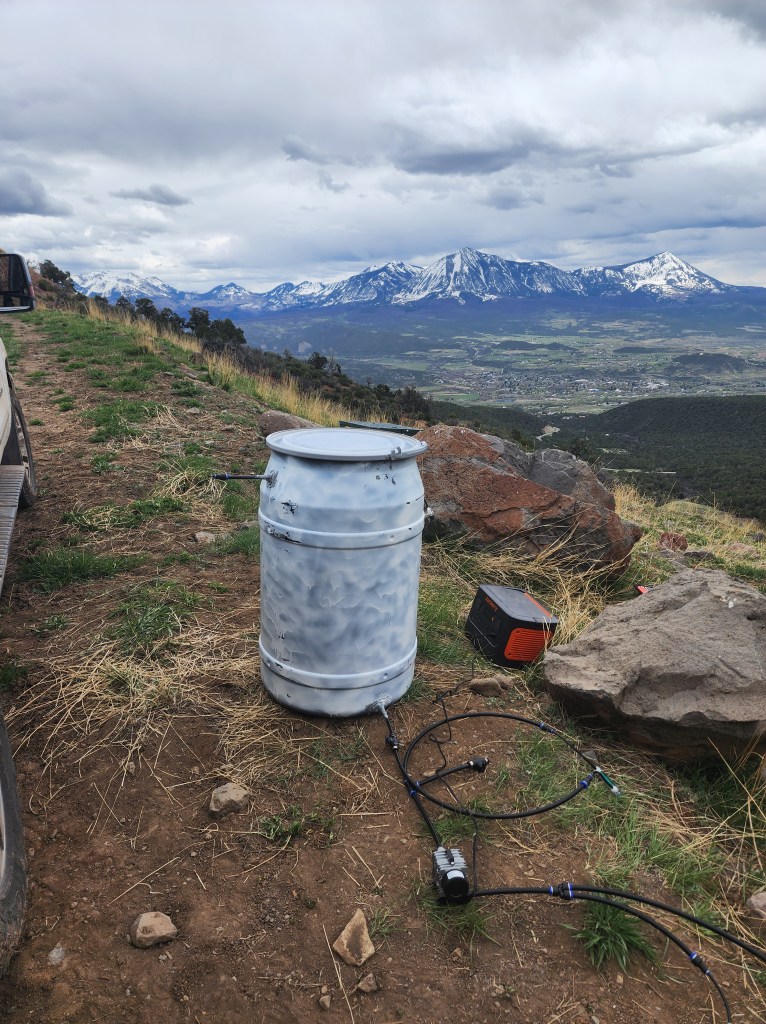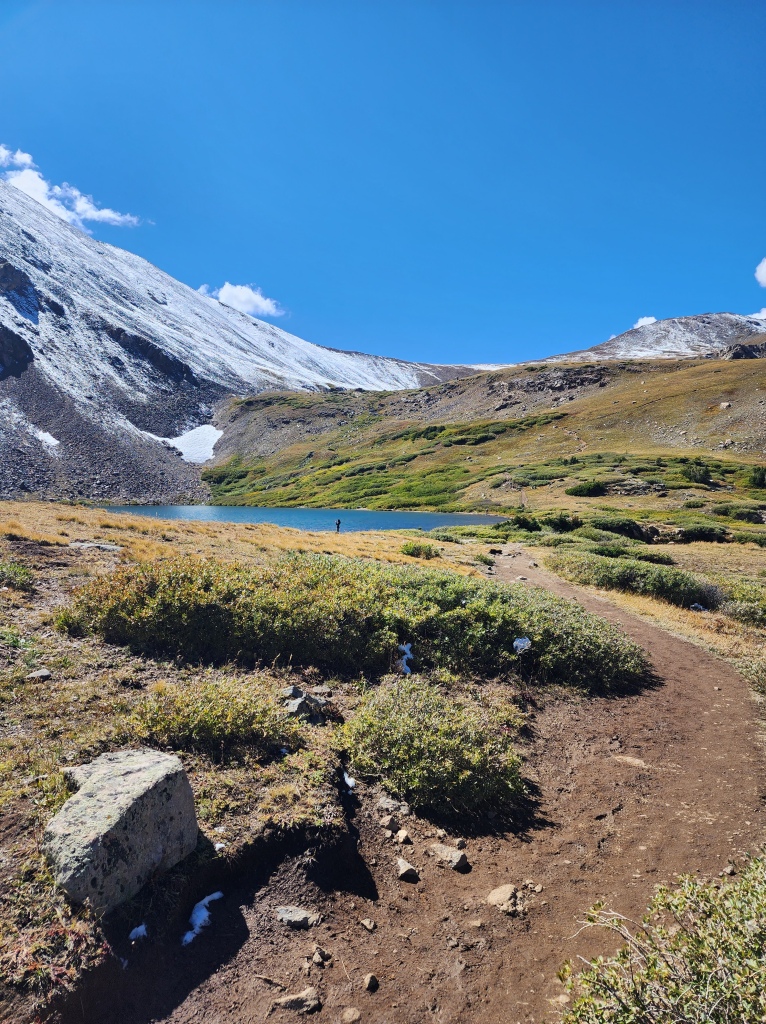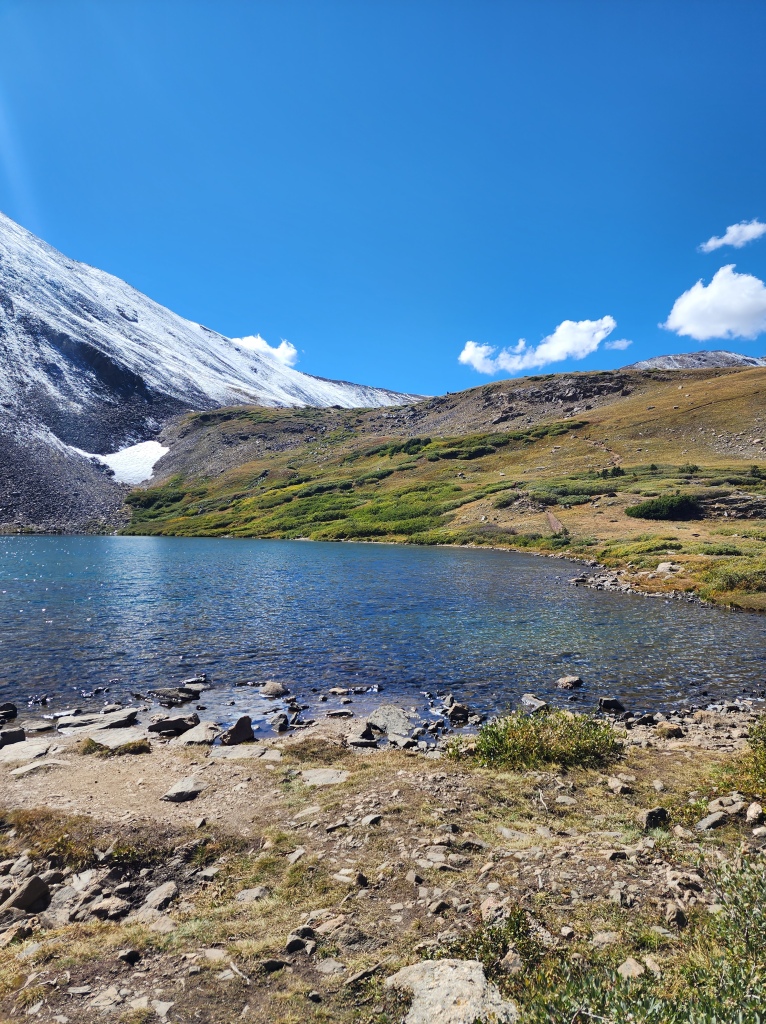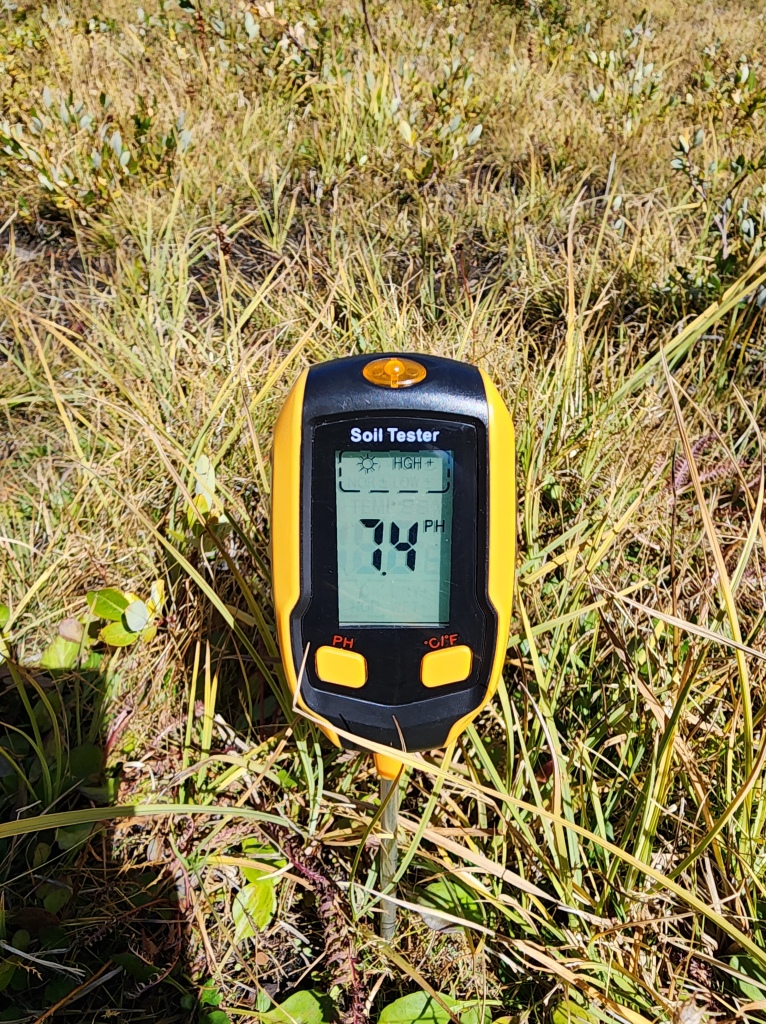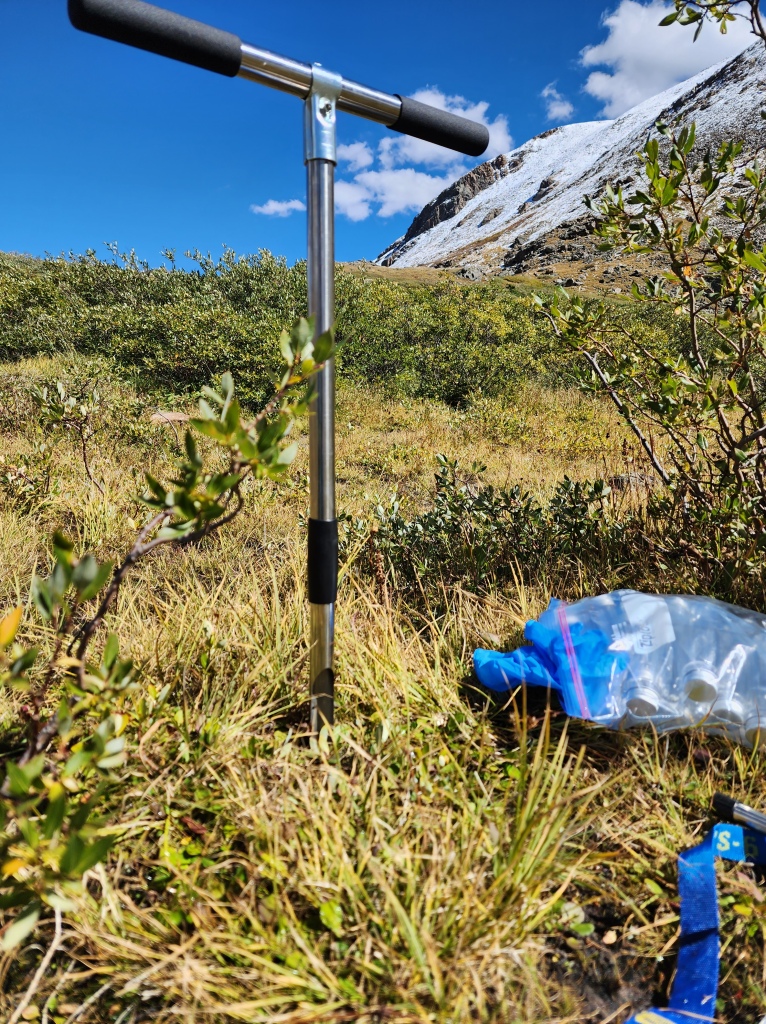One area of the methane carbon cycle that bears consideration is that of fresh water soils. There are a number of methanotrophs that inhabit the sediment in lakes around the world and serve as significant sink for the removal of methane from the environment. The main factor that determines whether lakes function as methane sinks or sources is the content of oxygen in the lake. If the lake is aerobic then it generally will function as a sink for methane consumption. If the lake is anaerobic then methanotrophs will not be able to metabolize methane and the methanogenic bacteria in the lake can instead work to produce methane. The artic region is full of lakes and ponds with more being produced all the time due to the thawing of previously frozen regions. These can serve to produce or consume methane and since many watery regions in the arctic are stagnant making them anaerobic and may to serve to produce more methane.
When crafting a strategy on how to distribute methanogenic bacteria you must take into account that they will have the needed nutrients such as oxygen. It may also be useful to distribute these species in dryer arid soils in which methanotrophs thrive that are adjacent to wetter regions that produce methane.
